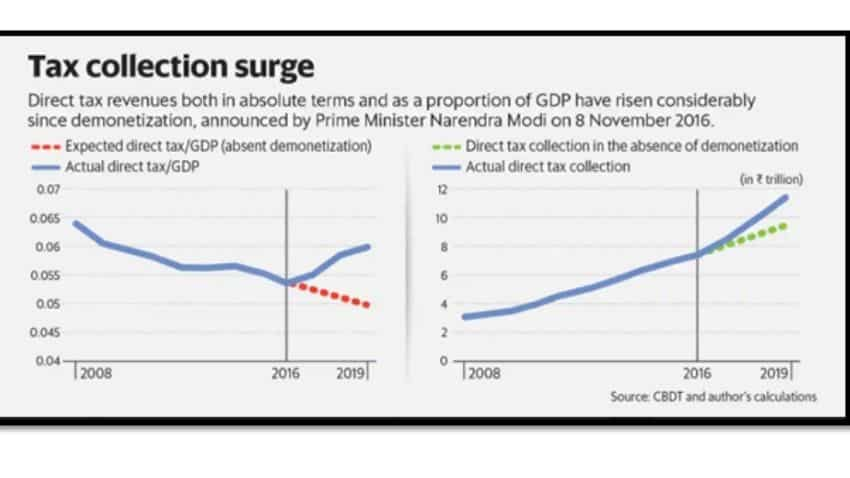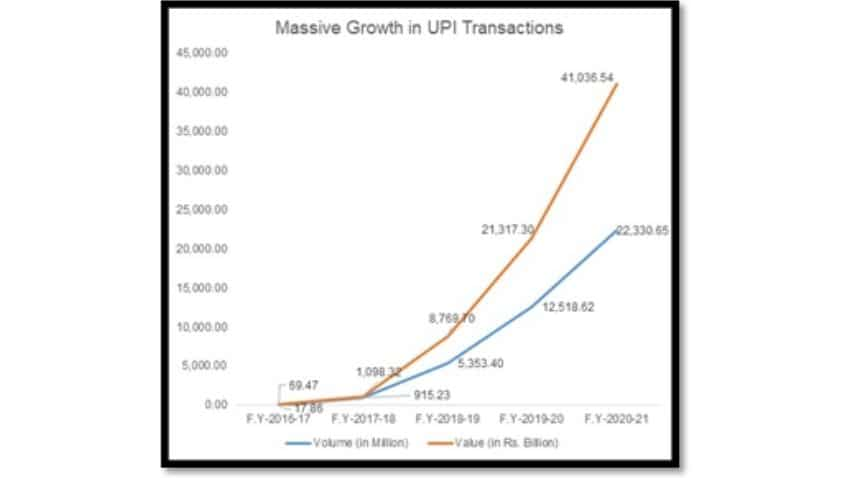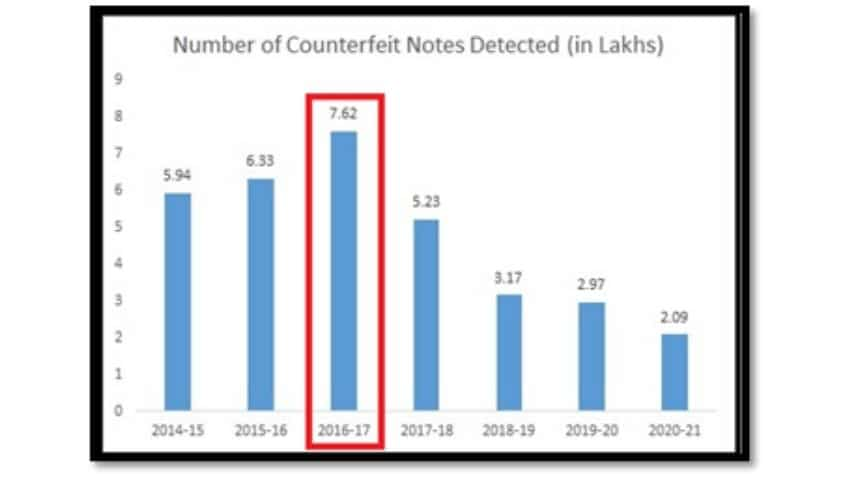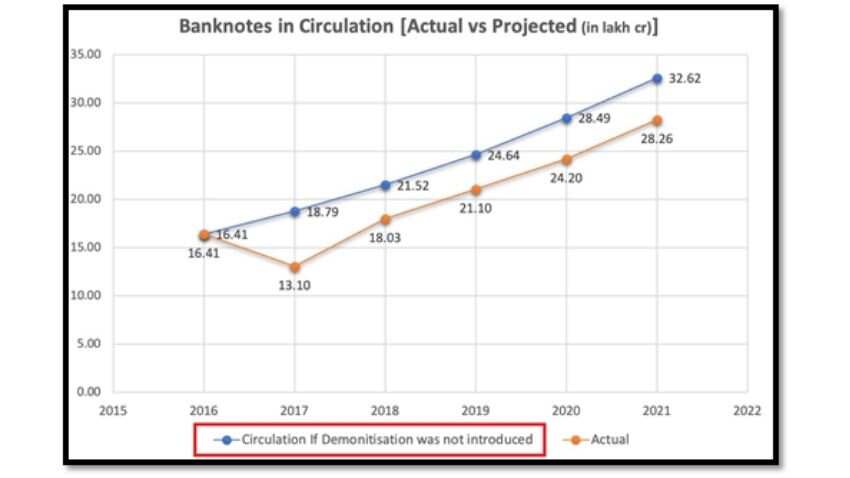5 years of demonetisation! How it impacted Indian economy?
Five Years of Demonetisation in India: On November 8, 2016, Prime Minister Narendra Modi announced the demonetisation of the Rs 500 and Rs 1000 banknotes.
Today, it marks the completion of five years. Let us see how demonetisation has affected the Indian economy. Following are some of the main pointers:
Surge in tax collection

India’s direct-tax-to-gross domestic product (GDP) ratio had been falling steadily from 6.4 per cent in 2008 to 5.4 per cent in 2016 - a fall of 1 per cent over the 8-year period. However, this declining trend reversed from 2017 and has steadily increased since then to 6 per cent in 2019. Compared to the trend that prevailed, demonetization has increased the direct tax-to-GDP ratio by 0.2 per cent, 0.8 per cent and 1 per cent amounting to Rs 40,000 crore, Rs 1.25 trillion and Rs 1.89 trillion in direct taxes in 2017, 2018 and 2019, respectively.
Increase in digital transaction

Demonetisation led to a permanent increase in the use of digital transactions, especially among the young. Even two years after the event, those who switched to digital transactions have not returned to cash payments. A Harvard University working paper, finds that post-demonetization, customers who switched to digital payments on e-commerce platforms—instead of cash-on-delivery—spend more per transaction and are less likely to return their purchases. It has to be noted that demonetisation of November 2016 caused the volume of digital transactions to shoot up on impact, while simultaneously causing a drop in the volume of traditional transactions, digital transactions have consistently exceeded traditional transactions both in levels and growth rates since 2017.
Number of counterfeit notes detected decreased

Lesser cash-backed economy

Demonetisation has also made India a lesser cash-based economy. At the end of financial year 2015-16, Rs. 16.41 lakh crore worth of notes were in circulation, registering an YoY growth of 14.51 per cent over 2014-15. At this rate, notes in circulation would have been increased to Rs.32.62 lakh crore by end of 2020-21. However, it increased to much less, Rs.28.26 lakh crore by the end of 2021.



